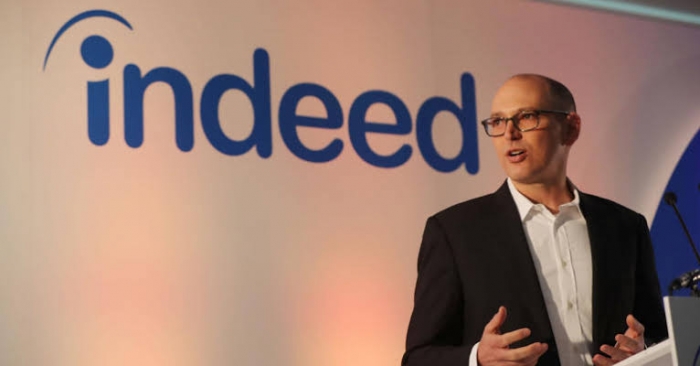From elementary school to undergrad, I often found myself being the person who does all the work during group projects.
I like things the way that I like them, and I surely wasn’t putting my name on a project that didn’t meet my standards. Nor was I interested in lecturing my classmates about the importance of pulling their own weight. Doing the work myself was more convenient.
That mindset probably won’t get you far in the workplace, according to Monica Cepak, CEO of women’s telehealth company Wisp. It can even be a red flag for her, and she screens for it by asking one job interview question: What’s the hardest problem you’ve ever solved at work, and how did you reach a solution?
If an interviewee’s answer is “cross-functional in nature” — meaning it shows how they worked with other professionals to solve an issue — they’re probably a team player, says Cepak, 38, who has nearly 10 years of experience in executive-level roles.
An answer like, “Oh, I did everything myself,” is a telltale sign that a person “can’t work well in an environment like ours,” Cepak says, “because nobody can solve every problem [on their own]. We’re a team at the end of the day, and your ability to problem solve by working with others is key.”
The best way to answer Cepak’s question is to anticipate it and prepare examples of effective collaboration in advance, she says.
Try a response like this: “At my last job, our team struggled with communication and meeting tight deadlines. I suggested we create a shared dashboard to track real-time updates and ensure everyone is aware of deadlines. I collaborated with our operations lead to build it out quickly, and we got everyone on board in a day.”
This approach shows a candidate's ability to problem-solve with curiosity and empathy, which “ultimately drives solutions forward,” Cepak says.
Now that I’m in the workforce, I agree with Cepak — collaboration and teamwork play a huge role in my company’s culture. I often lean on my managers and fellow reporters when I have questions or want another pair of eyes on a story, for example. That’s helped me create lasting connections and learn from the unique perspectives around me.
CNBC
